Abstract 1/2/2022
Table of content
Michał Małysz – Traffic-accelerated trains as a symbol of the renaissance of passenger rail in interregional transport in Poland
Kinga Markowska – Identification and evaluation of facilitators and barriers in using public transport in Konin by persons with reduced mobility
Zofia Bryniarska, Magdalena Jasłowska – Analysis of the change in traffic distribution in the Eastern part of the Podkarpackie Voivodship after the completion the A4 motorway section between the Rzeszow East and Jarosław West junctions
Abstracts
Michał Małysz
Traffic-accelerated trains as a symbol of the renaissance of passenger rail in interregional transport in Poland
Abstract: The process of modernization of passenger rail transport was observed in Poland in the second decade of 21st century. Numerous investments made it possible to improve the quality of the railway infrastructure, and, what is more, the carriers were able to purchase modern rolling stock. As a result, the rail transport became a popular transport mean again and many rail connections were characterized by constant daily high passenger flows. Among them, trains with an attractive travel time and high comfort with a relatively low ticket price started to play a special role. Due to the handling of mass streams with a limited number of stops and the nature of express trains, they can be described as traffic-accelerated trains. Since 2015, their offer has been gradually developed and modern wagons and electric units have been introduced to their service. As a result, the image of the interregional passenger rail transport in Poland has improved significantly as traffic-accelerated trains have become a demand stimulus on many routes. The purpose of this article is to highlight the role they played in the development of passenger rail transport in Poland, which, after many years of transformations, began to play an increasingly important role in the country’s transport system as an effective way of traveling. The research methods include the analysis of the collected own data and timetables, and the evaluation of the efficiency of connections using the author`s formula. As a result of the analysis, the article presents the general correlation between the development of the offer of traffic-accelerated trains and the general increase in the popularity of interregional passenger rail transport in Poland.
Key words: rail transport, traffic-accelerated trains, PKP Intercity,
Kinga Markowska
Abstract: The article describes the results of a survey of the opinions of people with limited mobility living in Konin and its surroundings on the facilities and barriers when using public transport. The survey was conducted on the basis of a direct questionnaire (an interview with transport users) as well as by e-mail or through questionnaires sent via social media. This type of survey was to be carried out in November and December 2020, at a time when a coronavirus pandemic was ongoing both in Poland and around the world. This made it difficult to survey the problem directly, so the surveys were mostly conducted using the Internet.
Key words: urban transport, collective transport, limited mobility
Zofia Bryniarska, Magdalena Jasłowska
Analysis of the change in traffic distribution in the Eastern part of the Podkarpackie Voivodship after the completion the A4 motorway section between the Rzeszow East and Jarosław West junctions
Abstract: Analysis of changes in the traffic distribution are necessary for planning future road investments, but also thanks to them, it is possible to confirm or question the relevance of the investment. Additionally, by analysing the changes and predicting their effects, it is possible to some extent to shape the development of selected areas by improving their transport accessibility. The aim of the article is the analysis of the change in traffic distribution in the Eastern part of the Podkarpackie Voivodship Province after completion the A4 motorway section between the Rzeszow East and Jarosław West junctions. The article contains a comparison of data as of 2015 and 2020 and traffic forecasts for 2016-2040, as well as a socio-economic analysis. In addition to examining the changes in the traffic distribution between successive general traffic measurements, the analysis also covers traffic forecasts, as well as socio-economic costs incurred by the society for the non-investment variant and after the construction of the missing motorway section. For the purposes of this article, tables and maps of data obtained from the General Directorate for National Roads and Motorways have been prepared. On the basis of the gathered data, traffic forecasts have been prepared, which were presented in the form of charts. The calculations necessary to carry out the cost-benefit analysis were made in accordance with the methodology presented in the Blue Book in the part concerning road infrastructure.
Key words: socio-economic analysis, change in traffic distribution, A4 motorway

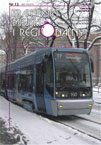 SITK RP
SITK RP 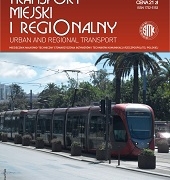
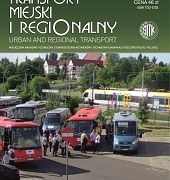
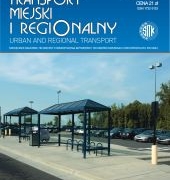 SITK RP
SITK RP 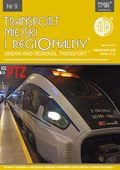 SITK
SITK 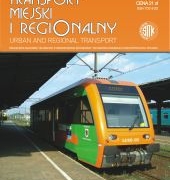 SITK RP
SITK RP 
 SITKRP
SITKRP SITK
SITK